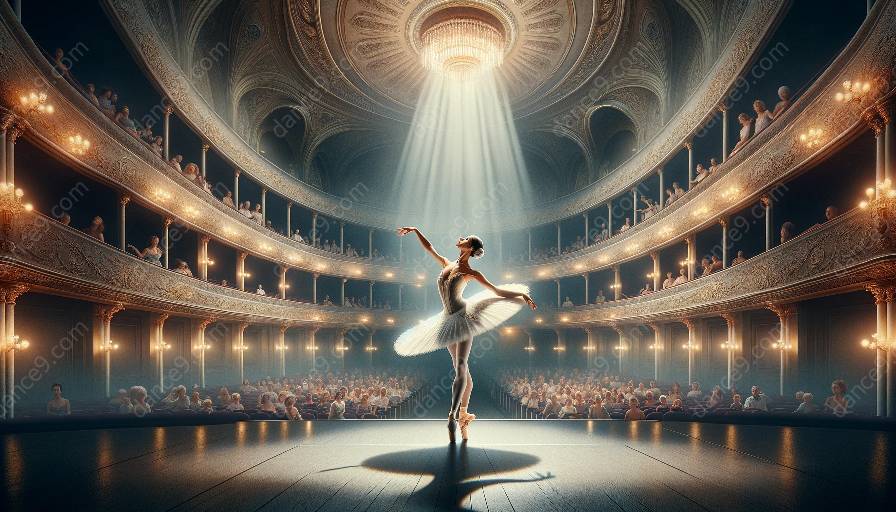Ballet has undergone significant transformations over the years, leading to the development of classical and contemporary styles. Understanding the distinctions between these two forms is essential for anyone interested in the art of ballet.
Classical Ballet
Classical ballet, also known as traditional ballet, is rooted in centuries-old techniques and established choreography. Originating in the Italian Renaissance courts and later evolving in France and Russia, classical ballet has its foundations in precise movements, strictly defined poses, and a focus on grace and fluidity. Female dancers typically wear pointe shoes, and the performances often adapt fairy tales, myths, or legends as their themes.
Key characteristics of classical ballet include:
- Technique: Emphasis on turnout, elevation, and pointe work, with structured positions and movements.
- Costumes and Set Design: Elaborate and opulent attire and sets, often reflecting historical or fantastical narratives.
- Music: Often accompanied by a classical orchestra, featuring compositions from renowned composers such as Tchaikovsky and Prokofiev.
Contemporary Ballet
Contemporary ballet, in contrast, emerged in the mid-20th century as a response to the rigid traditions of classical ballet. It incorporates elements of modern dance and often pushes the boundaries of conventional ballet techniques. Contemporary ballet embraces improvisation, individual expression, and innovative choreography, allowing for a broader range of movements and styles.
Distinct characteristics of contemporary ballet include:
- Technique: Versatility and a blend of diverse movements, integrating influences from modern dance and other art forms.
- Costumes and Set Design: More minimalist and abstract, reflecting the thematic diversity and experimentation in contemporary ballet choreography.
- Music: Varied and eclectic, drawing from contemporary composers and a wide range of musical genres, including electronic, ambient, and experimental music.
Evolution of Ballet
The differences between classical and contemporary ballet reflect the evolution of ballet as an art form. Classical ballet, with its rich history and traditional techniques, continues to captivate audiences with its timeless tales and exquisite choreography. On the other hand, contemporary ballet challenges conventional norms, embracing innovation and creativity to connect with modern audiences and address current social and cultural themes.
As the art of ballet continues to evolve, dancers, choreographers, and audiences alike have the opportunity to appreciate the diversity and depth of this graceful and expressive form of artistic expression.





























